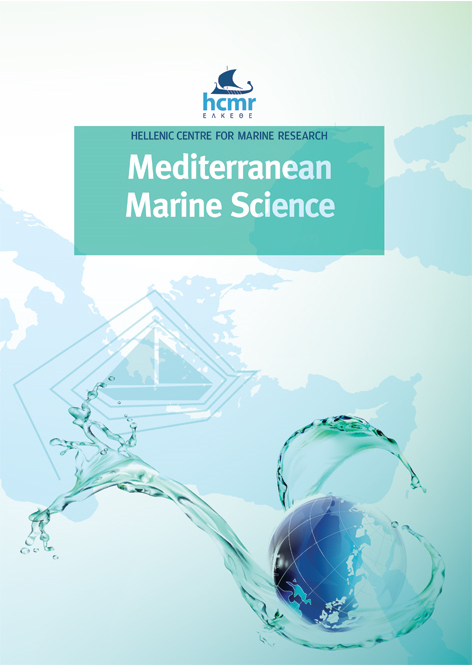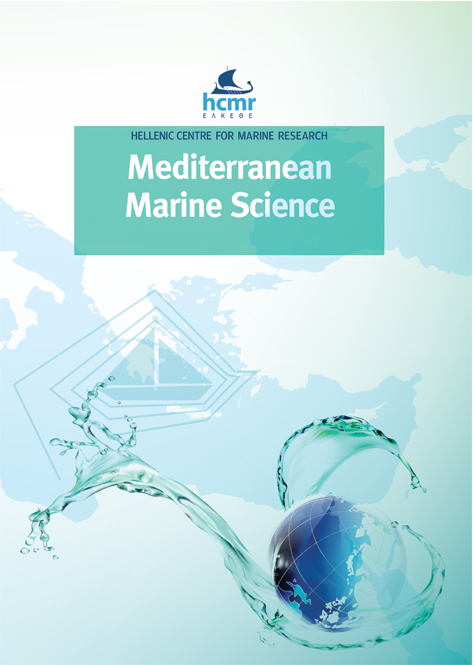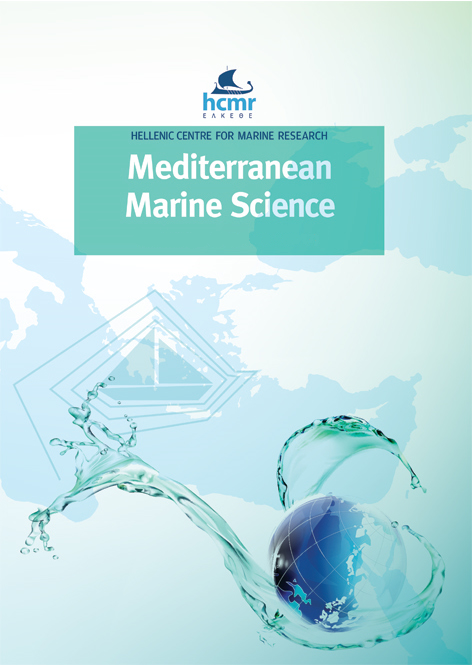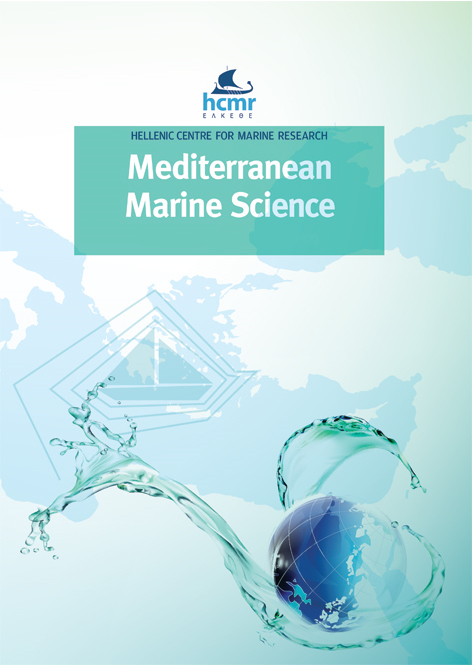Spatial distribution, abundance and habitat use of the endemic Mediterranean fan mussel Pinna nobilis in Gera Gulf, Lesvos (Greece): comparison of design-based and model-based approaches
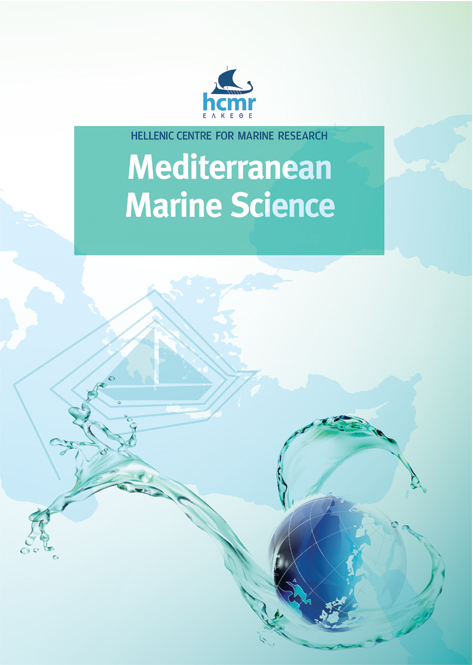
Abstract
An important population of the endemic Mediterranean fan mussel Pinna nobilis thrives in the marine protected area of Gera Gulf (Lesvos island, north-eastern Aegean Sea, Greece), and was assessed for the first time. To estimate the abundance, spatial distribution and habitat use of fan mussels in Gera Gulf, a distance sampling underwater survey was conducted. Detectability was modelled to secure unbiased estimates of population density. Two approaches were applied to analyze survey data, a design-based and a model-based approach using generalized additive models. The first approach was based on stratified random sampling on two strata, an assumed ‘preferable’ zone close to the coastline and an assumed unsuitable habitat, with predominantly muddy sediments, in which low sampling effort was applied. For the needs of the model-based approach, a dedicated cruise was conducted to collect bathymetric data with a single-beam echo-sounder and map the bathymetry of the study area. A very high-resolution image from the Worldview-3 satellite was processed, based on an object-based image analysis, for mapping all main habitat types in the study area. The estimated abundance using the design-based approach was low-biased as the stratum of pre-assumed unsuitable habitat proved to include patches of suitable habitats with high population densities that were missed by sampling. The model-based approach provided an abundance estimate of 213300 individuals (95% confidence interval between 97600-466000 individuals), which renders the fan mussel population of Gera Gulf the largest recorded population in Greece. Population density peaked between 1.5-8 m depth and became practically zero at depths >15 m. A bathymetric segregation of fan mussel size classes was noted, with the density of small individuals peaking in shallow waters, while that of large individuals peaked deeper. The highest population densities were observed in Posidonia oceanica meadows, followed by mixed bottoms (with reefs, rocks and sandy patches), while densities were very low on sandy and zero on muddy sediments. The current assessment provides a baseline for future monitoring of the fan mussel population in Gera Gulf. In view of the current (2017-2018) ongoing mass mortality of the species in the western Mediterranean, continuous monitoring of the main fan mussel populations, such as the one in Gera Gulf, is of utmost importance.
Article Details
- How to Cite
-
TSATIRIS, A., PAPADOPOULOS, V., MAKRI, D., TOPOUZELIS, K., MANOUTSOGLOU, E., HASIOTIS, T., & KATSANEVAKIS, S. (2018). Spatial distribution, abundance and habitat use of the endemic Mediterranean fan mussel Pinna nobilis in Gera Gulf, Lesvos (Greece): comparison of design-based and model-based approaches. Mediterranean Marine Science, 19(3), 642–655. https://doi.org/10.12681/mms.14156
- Issue
- Vol. 19 No. 3 (2018)
- Section
- Research Article
Authors who publish with this journal agree to the following terms:
- Authors retain copyright and grant the journal right of first publication with the work simultaneously licensed under a Creative Commons Attribution Non-Commercial License that allows others to share the work with an acknowledgement of the work's authorship and initial publication in this journal.
- Authors are able to enter into separate, additional contractual arrangements for the non-exclusive distribution of the journal's published version of the work (e.g. post it to an institutional repository or publish it in a book), with an acknowledgement of its initial publication in this journal.
- Authors are permitted and encouraged to post their work online (preferably in institutional repositories or on their website) prior to and during the submission process, as it can lead to productive exchanges, as well as earlier and greater citation of published work (See The Effect of Open Access).





